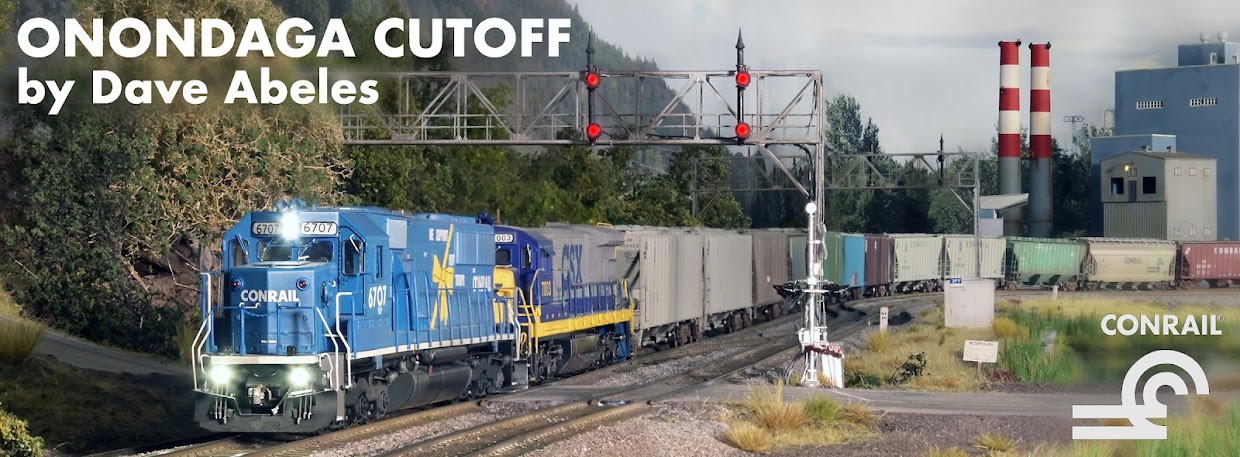Railroad signaling, regardless if scale or size, works on one principal: block detection. Simply put, the signal system must be aware when a certain block is occupied. Once that is known, the system can be designed to display signal aspects that protect movements between blocks.
On the prototype, since trains either generate their own power or get it from a catenary wire (or third rail), the detection works by changing the status of power running to a relay, which is held open by the power. Trains, with solid steel wheels and axles, then complete a circuit between the rails, dropping the relays (or solid-state sensors) that in turn trigger a track occupancy light (TOL) on the dispatcher/operator board (or screen).
In model railroading, with DC power over two rails, the power in the rails is what drives the locomotives. Therefore, another method of detection is necessary. This topic is well-covered on other sites on the internet, so I will only discuss the one I chose to employ: current-sensing block detection, using the BD-20 detection unit manufactured by NCE.
Essentially, the BD-20 works by detecting current flowing to a track circuit, generated by the presence of a piece of equipment that draws current. This works immediately for locomotives, but also lit cabooses or passenger cars. When the BD-20 senses the current drop, it activates, and sends a signal to the computer that the block is occupied. When powered, the LED on the detector is illuminated, as seen below. Here, Track 2 is occupied, where Track 1 is not.
The two middle terminals will be wired to the NCE input unit, which has yet to be installed. One step at a time!
One issue is that this current-sensing detection does not work with standard freight cars, since they do not draw current. How do we solve this? The most expedient method is to use special wheelsets, equipped with a small resistor to allow a tiny amount of current to be drawn between rails. These can be bought - at approximately $2.25 per axle, which adds up quickly since I have close to 400 cars - or made. I choose the latter.
Shown is an Atlas HO scale 33" metal 'caboose' wheelset. Those pugs at Atlas make 'freight car' wheelsets that do not fit anyone's trucks but theirs, and 'caboose' wheelsets that just happen to fit everyone else's truck sideframes. Yea, I figured that out the hard way. That said, they are beautiful wheelsets for operations on a big layout - heavy and properly gauged to NMRA standards. What I did was order 200 4.7K ohm resistors, costing 2.4 cents apiece. Again, I learned the hard way that the 4.7K resistors were too big for my use - the detection wasn't picking up any current. So, I changed to 3.6K ohm resistors, and the results have been much more consistent. I glued them to the axles with CA adhesive, let that cure, and then connected both sides of the resistor to that respective wheel with silver conductive ink. Once that cured, I tried it out, and wa-la! Resistive wheelsets and working block detection.
So, now I am plodding along building wheelsets and installing block detection, much of the latter requiring me to add additional power bus wire and feeders for the second main track. It's a large undertaking, and it's a bit discomforting to cut into a power bus that is working well for basic operation! But, with eyes on the prize of a working system, it is what needs to happen. 7 blocks down, 23 to go...
Step by step!
~RGDave



Dave: where did you get the 3.6 resistors from? Thanks, Gary
ReplyDeleteGary, I found them on Amazon, and have also gotten them at different times from DigiKey.com.
Delete